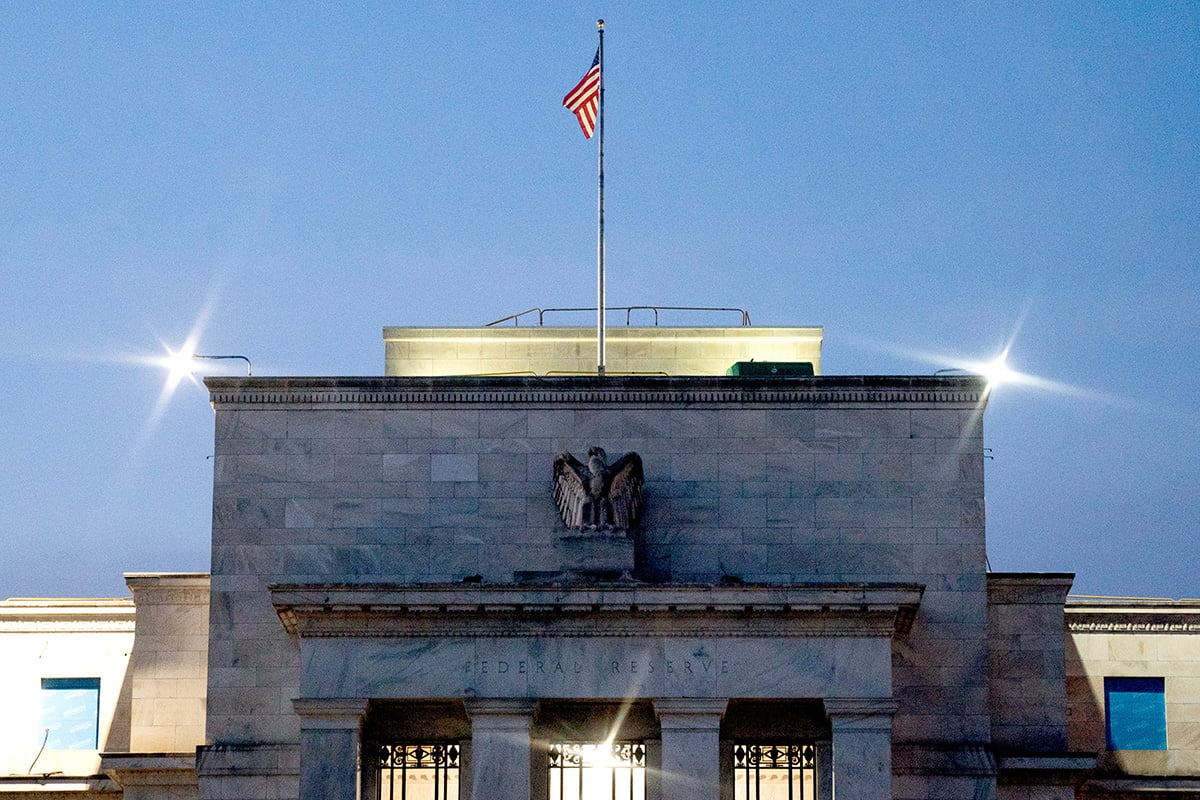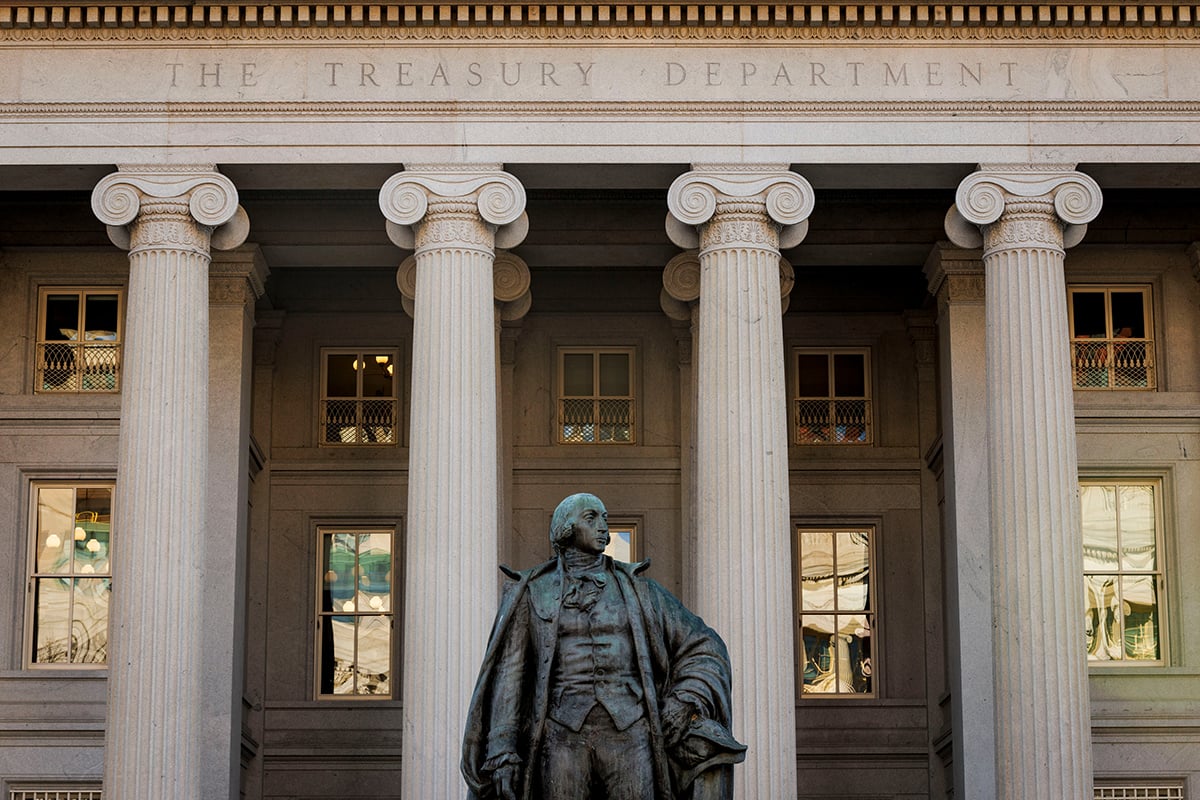From Riyadh to Sydney, short-term funding markets worldwide are starting to feel the effects of soaring U.S. dollar LIBOR rates.
The surge in recent weeks in this key global short-term financing indicator may have a mostly technical explanation, meaning it's probably not flashing warning signals like it was during the credit crunch or the European sovereign debt crisis. Nonetheless, it's still making funding more costly for some borrowers outside the United States.
The three-month London interbank funding rate (LIBOR) rose to 2.27 percent Wednesday, the highest since 2008. The concern is that the LIBOR blowout may have more room to run, a prospect that borrowers and policymakers in various markets are just beginning to grapple with.
Complete your profile to continue reading and get FREE access to Treasury & Risk, part of your ALM digital membership.
Your access to unlimited Treasury & Risk content isn’t changing.
Once you are an ALM digital member, you’ll receive:
- Thought leadership on regulatory changes, economic trends, corporate success stories, and tactical solutions for treasurers, CFOs, risk managers, controllers, and other finance professionals
- Informative weekly newsletter featuring news, analysis, real-world case studies, and other critical content
- Educational webcasts, white papers, and ebooks from industry thought leaders
- Critical coverage of the employee benefits and financial advisory markets on our other ALM sites, PropertyCasualty360 and ThinkAdvisor
Already have an account? Sign In Now
*May exclude premium content© 2025 ALM Global, LLC, All Rights Reserved. Request academic re-use from www.copyright.com. All other uses, submit a request to [email protected]. For more information visit Asset & Logo Licensing.





